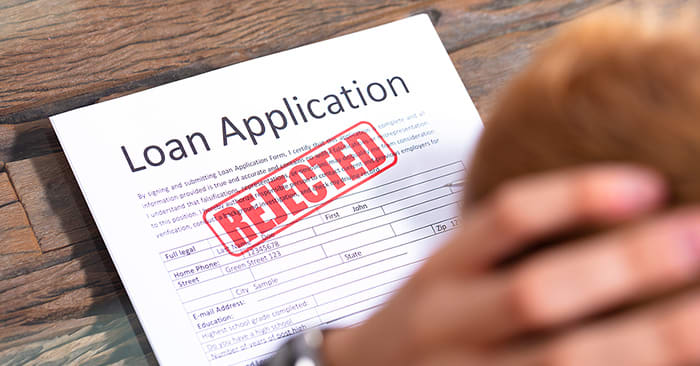For most buyers, getting approved for a mortgage is a prerequisite for being able to buy a home, which is why it can feel devastating if your mortgage gets denied.
But just because your initial application wasn’t approved doesn’t mean the journey is over! Depending on the reason, there may still be things you can do to make your dream of homeownership a reality.
A recent article from realtor.com outlined some of the common reasons your mortgage might get declined — and what to do in each situation — including:
- Your mortgage was declined because of your credit score. To qualify for a conventional loan, you’ll need to have a credit score of at least 620, and to qualify for a better rate, you’ll need an even higher score. If you have less-than-perfect credit, and your credit score doesn’t meet your lender’s requirements, it could lead to having your mortgage denied. If you find yourself in this situation, it’s time to buckle up and increase your credit score. Put money towards paying down your balances and paying your debt on time each month; the longer you do that, the more your score will increase, and the easier it will be to get approved for a mortgage.
- Your mortgage was declined because of your debt-to-income (DTI) ratio. Your debt-to-income ratio measures your ability to pay back your current debts (including credit cards, school loans, and car loans) based on your current income. Generally, to qualify for a mortgage, you can’t have a debt-to-income ratio higher than 43 percent — although some lenders want to see a DTI of 36% or below. If your mortgage application was denied due to DTI, you could try applying with a lender that allows a higher debt-to-income ratio, or you could focus on paying down your debt and/or increasing your income until you have a more favorable ratio.
- Your mortgage was declined because of your down payment. Some loans require buyers to have a 20 percent down payment, and if you don’t have that kind of cash, it may cause them to deny your mortgage. But the good news is, there are plenty of ways to buy a home with less than 20 percent down; for example, you could explore other lenders, opt for a low down payment loan (like an FHA loan), or tap into retirement accounts, like a 401(k) or IRA.
